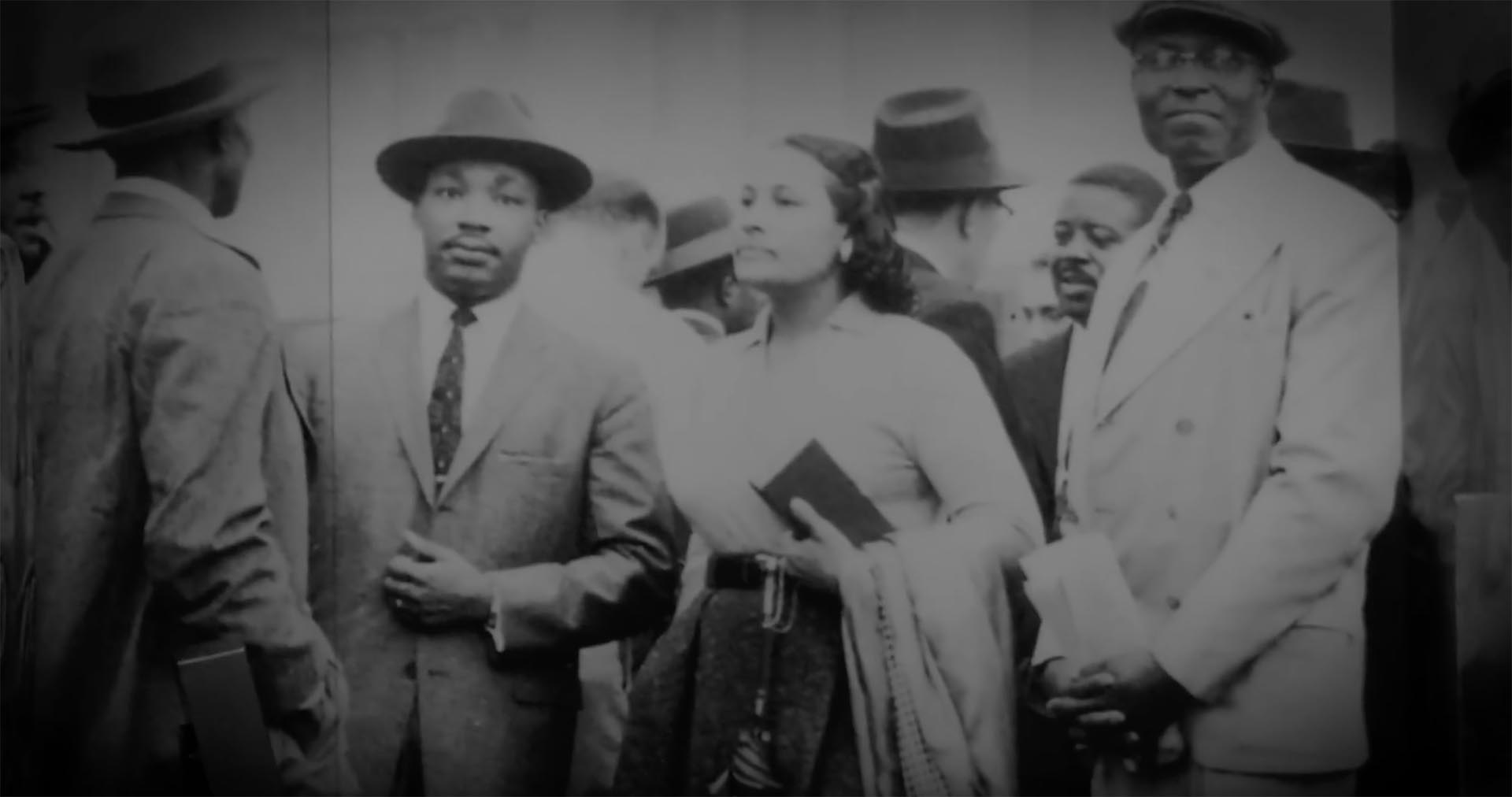Well we finished one of the most difficult projects I have ever produced and we did it from concept to completion in just two weeks.
The task was to present a message that ‘it’s ok to have difficult discussions’ on race and social inequality framed around the 50th Anniversary of the assassination of Dr. Martin Luther King Jr. This was an almost terrifying assignment because not only did we have to honor the legacy and man who was Dr. King, I was going to be wading into difficult territory having people speak openly, on-camera, about race and social inequality in America. This coming only a month after a Super Bowl commercial turned into a PR fiasco when Dr. King's words and image were used to sell a product. I was very sensitive to and was adamant that this spot would honor Dr. King and NOT even have the slightest appearance of selling anything to do with Georgia-Pacific.
I made two immediate decisions. We would keep the project simple, allow the very real emotions and personal stories to carry the project, not something overproduced. Two, the project would be finished in black and white. Black and white adds a timeless nature to the project and also subconsciously softens uncomfortable messaging.
The idea was to find and interview GP Employees who were alive 50 years ago and have memories of the event along with younger employees who have been influenced by Dr. King and his message. All interview participants were completely voluntary, we used a simple signup, allocating 20 minutes for each person.
The Atlanta interview setup in GP Studios.
I was incredibly fortunate to get my 'go-to' Director of Photography, Marion Laney, secured for the project with the short notice. We did the project as a 'two-man band' filming interviews in Atlanta, Georgia and Memphis, Tennessee. Memphis is where Dr. King lost his life at the Lorraine Motel. Marion's lighting design and interview setups are second to none.
In Atlanta we filmed inside GP Studios, Studio B on the first floor of Georgia-Pacific Center. One of the hidden jewels of Atlanta, this studio has perfect sound baffling to ensure our interviews would be noise free. We decided to add an extra day up front just to figure the setup because I knew the finish was going to be black and white and it would be very constrasty with hard, solid black shadows. That extra day proved invaluable allowing us to get the setup right for the hard contrast look not only in Atlanta but when we traveled to Memphis later.
The Memphis interview setup in a cleared out conference room.
In Memphis the local GP team cleared out a conference room which worked out well, except for a persistent HVAC noise. We got around that by icing down the room in between interviews and then killing the AC when we rolled camera.
In total, I interviewed over a dozen employees in Atlanta and Memphis and we were also given permission to film at the National Civil Rights Museum at the Lorraine Motel. What transpired on camera was a very frank and sometimes raw discussion that shows there are still wounds that need to be healed in America today. It was a very eye-opening experience and we could have easily cut a 20 minute discussion from the material we gathered.
From the transcripts, Editor Scott Franklin and I worked to cull together a 4 minute and 2 minute version of the project. The most contentious part of the finished project was the opening line of the 4 minute version. That created a lot of discussion internally and was something I felt I had to preserve if at all possible. Fortunately the CEO and other executives agreed that while difficult to listen to, that opening line was a strong memory and set the tone for what was a difficult discussion.
Screen grab from the finished project showing the stark black and white color grade.
Ultimately the entire project came together to deliver exactly what I set out to do. Create a simple project to allow real people to tell a real story without the production getting in the way. The stark black and white imagery really enhanced and elevated the piece without being distracting.
The project garnered over 27,000 views in less than 10 days on Facebook, shattering the most views by any Georgia-Pacific video. The project sparked a new series of internal live streaming conversations on what GP as a company can do to better racial and social inequality in their local communities.
What started off as one of the most difficult assignments I've ever had turned out to be one of the most rewarding projects I've ever designed and produced. You can watch the video here.




